
The 9 Hottest Botanists (a.k.a. “Hotanists”) in History
All this, and brains too. Say hello to your new history crushes
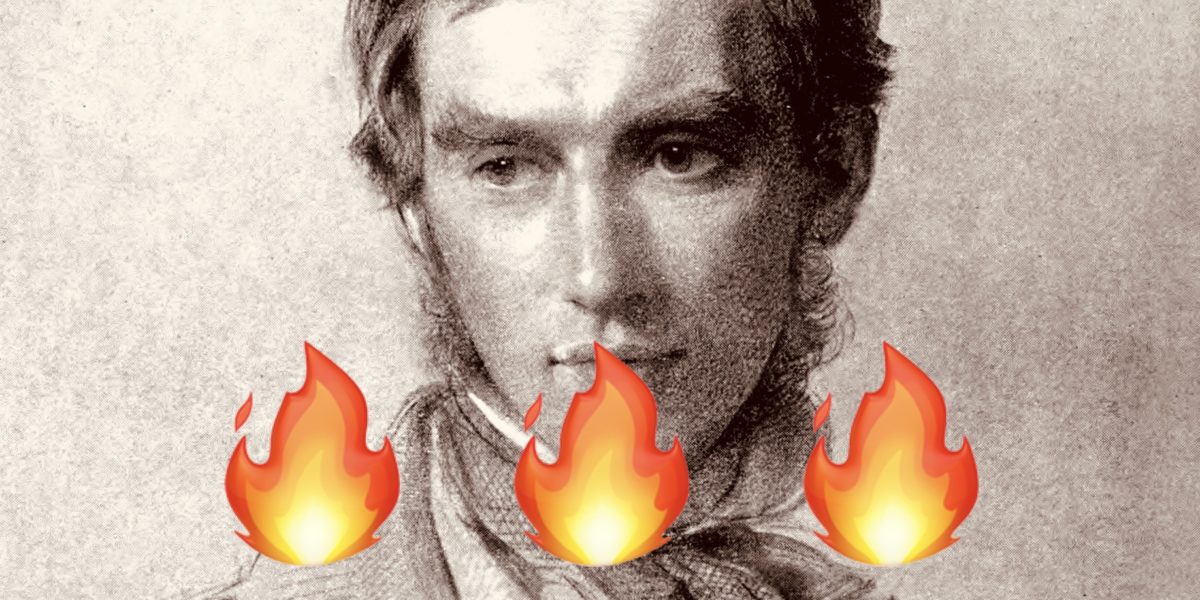
I know when you think of Sunset, you think “America’s Oldest Lifestyle Magazine” and “Venerable Record of Living in the West,” and you’d be correct—after more than a century of outstanding journalism, we’ve earned that reputation. What’s more, Sunset has been a leading authority in Western gardening. But, friends, it’s not all unthirsty yards and containers planted with the West’s most Instagrammable agaves around here. We also have more…shall we say… biological imperatives. Don’t we all like a little eye candy once in a while that goes beyond a flower bed? For your edification and viewing pleasure, we bring you the hottest botanists of history.
Theophrastus (371-287 BCE)
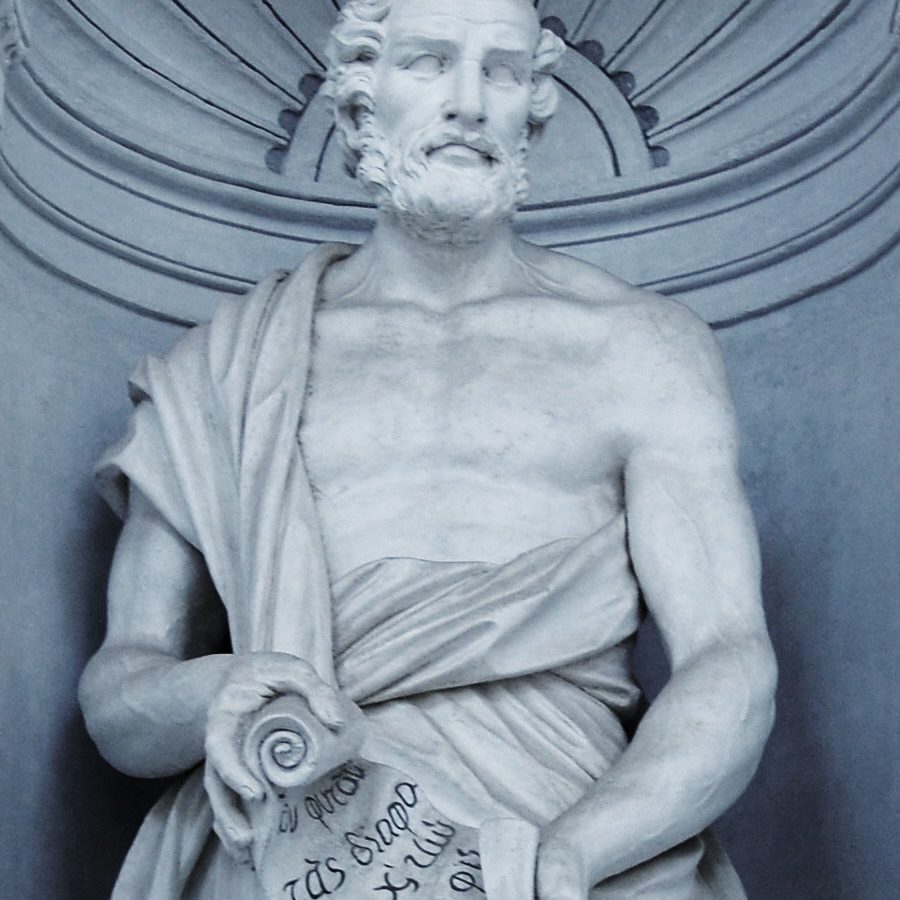
Photo by Esculapio / Wikimedia Commons
A student of Plato and Aristotle, his pioneering works on plants—the ten-volume Enquiry Into Plants (Historia Plantarum) and On the Causes of Plants— were among the biggest contributions to botanical science in antiquity, and continued to influence the scientific Renaissance centuries later. If this statue holds any accuracy, his body of work was…impressive. History may know him as the “Father of Botany,” but to us Theophrastus is a Daddy.
Carl Linnaeus (1707-1778)

Illustration from Nuestro Siglo, published 1883
Carl Linnaeus (Carl von Linné), a.k.a. the Prince of Botanists, is best known for devising binomial nomenclature—the two-name system biologists still use today. His thesis described in detail the functions of stamens and pistils in pollination as sexual acts, and honey, this is the Father of Modern Taxonomy like we’ve never seen him before! He’s giving us wind in his hair, loose collar, and shoulders for daaaays.
Sir Joseph Banks (1743-1820)
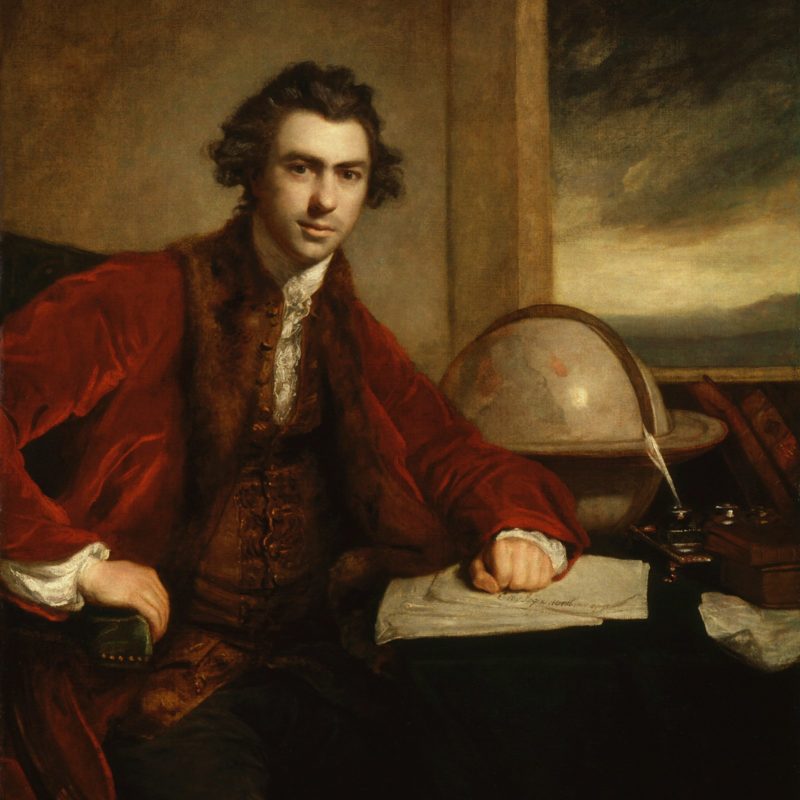
Portrait by Sir Joshua Reynolds, 1773
The Royal Botanic Gardens at Kew, England, can thank naturalist Sir Joseph Banks for becoming one of the world’s leading institutions of botany—it was he who convinced King George III to send botanists on plant-collecting expeditions worldwide. More importantly, Joe Banks is serving up Ross Poldark realness with a side of Michael Hutchence and that’s giving us a new sensation.
Louisa Finch, Countess of Aylesford (1760-1832)

Portrait by Valentine Green (after Sir Joshua Reynolds), 1883
Sure, she was a Countess and mother of twelve, but Louisa Thynne Finch was so much more than that; she was a rock hound whose mineral collection was extensive enough to be housed in the Natural History Department of the British Museum; she was a botanical illustrator of the highest caliber, who documented 30 new species and whose beautiful works go for tens of thousands of dollars at auction; and she was also a top-notch, highborn megababe. (Plus her grandmother’s ghost, known as the “Green Lady,” haunts Longleat House in Bath, England.)
Alexander von Humboldt (1769-1859)

Illustration by Auguste Desnoyers, 1805
He was pioneer of botanical geography (which led to the field of biogeography); he is the namesake of numerous places and species; and his work inspired Darwin, Thoreau, and Muir. Alexander von Humboldt was also, it turned out, immune to (or stimulated by) pain—a fact he discovered through experimenting on himself while studying animal electricity. A friend once accused him of giving in too easily to “shameful passions of his heart,” but he has conquered pain and love, and we say his kinks just make him all the more dreamy.
Sir Joseph Dalton Hooker (1817-1911)
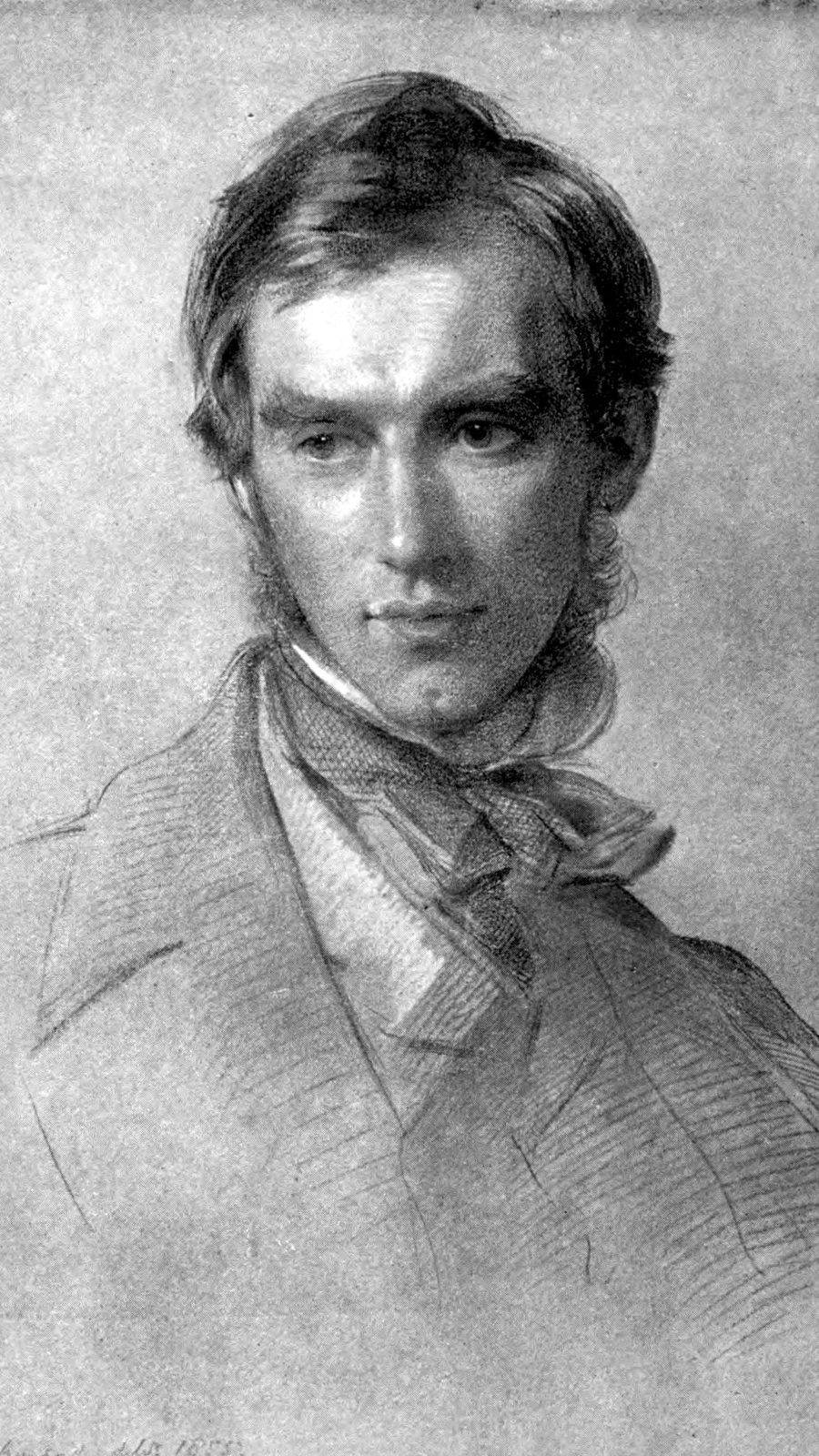
Portrait by George Richmond, 1855
Joseph Dalton Hooker explored and botanized the West and was the director of the Royal Botanical Gardens, Kew—he rescued it from certain doom after the death of Joseph Banks, because he’s our hero like that. He also singlehandedly set off the Victorian rhododendron craze when he introduced Himalayan and Pacific Northwest species to England. Ok, yes, his eyebrows got pretty insane later in life, but admit it: Sir Joey Baby was a major snack when he was young.
George Washington Carver (1860s-1943)
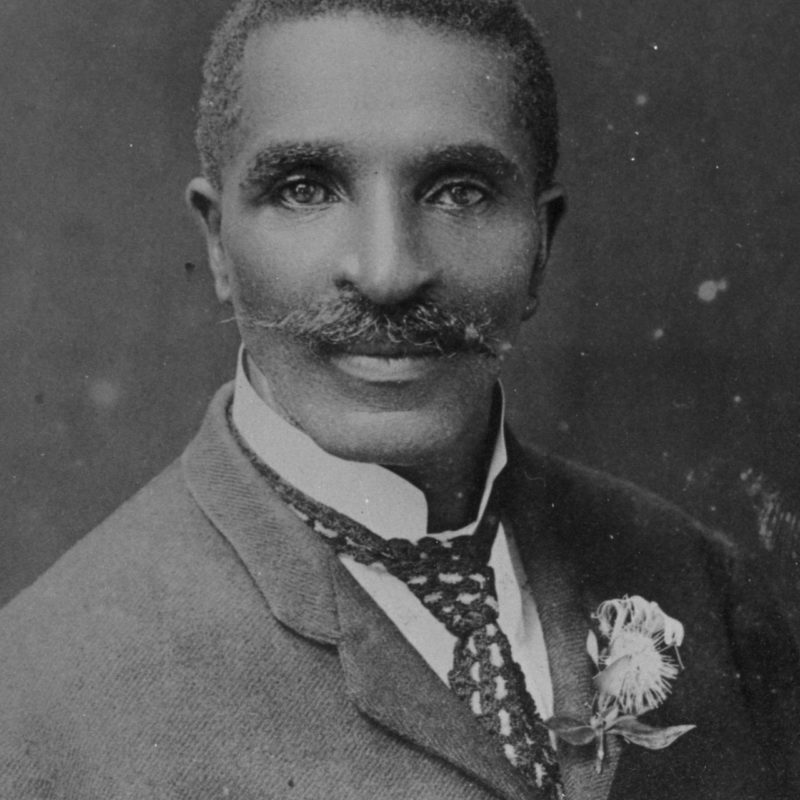
George Washington Carver, fine as h*ck and self-taught Renaissance man was such a natural at hybridizing plants that, at the urging of his art professor (yeah, he could paint and play piano, too), he took up horticulture instead. He’s best known for inventing peanut butter, but his work led to the creation of hundreds of other products from Southern plants (nearly 300 from peanuts alone), allowing black farmers to grow something besides cotton. Called the Black Leonardo by Time Magazine, he enjoyed giving peanut oil body massages to his friends, and was said to have had “almost a magic touch in those long fingers.”
Willis Linn Jepson (1867-1946)

University California History Digital Archives
Willis “The Botany Man” Jepson is well known to any student or practitioner of botany in the West—he wrote one of the region’s standard floras (Higher Plants of California, or simply, “The Jepson Manual”), was UC Berkeley’s professor of botany for four decades, and is one of California’s most prominent (and ruggedly handsome) early botanists. What else is our favorite hot botanist in California history known for? How about: Piercing eyes [✓] Tousled hair [✓] Full lips [✓]
Hanna Marie Resvoll-Holmsen (1873-1943)
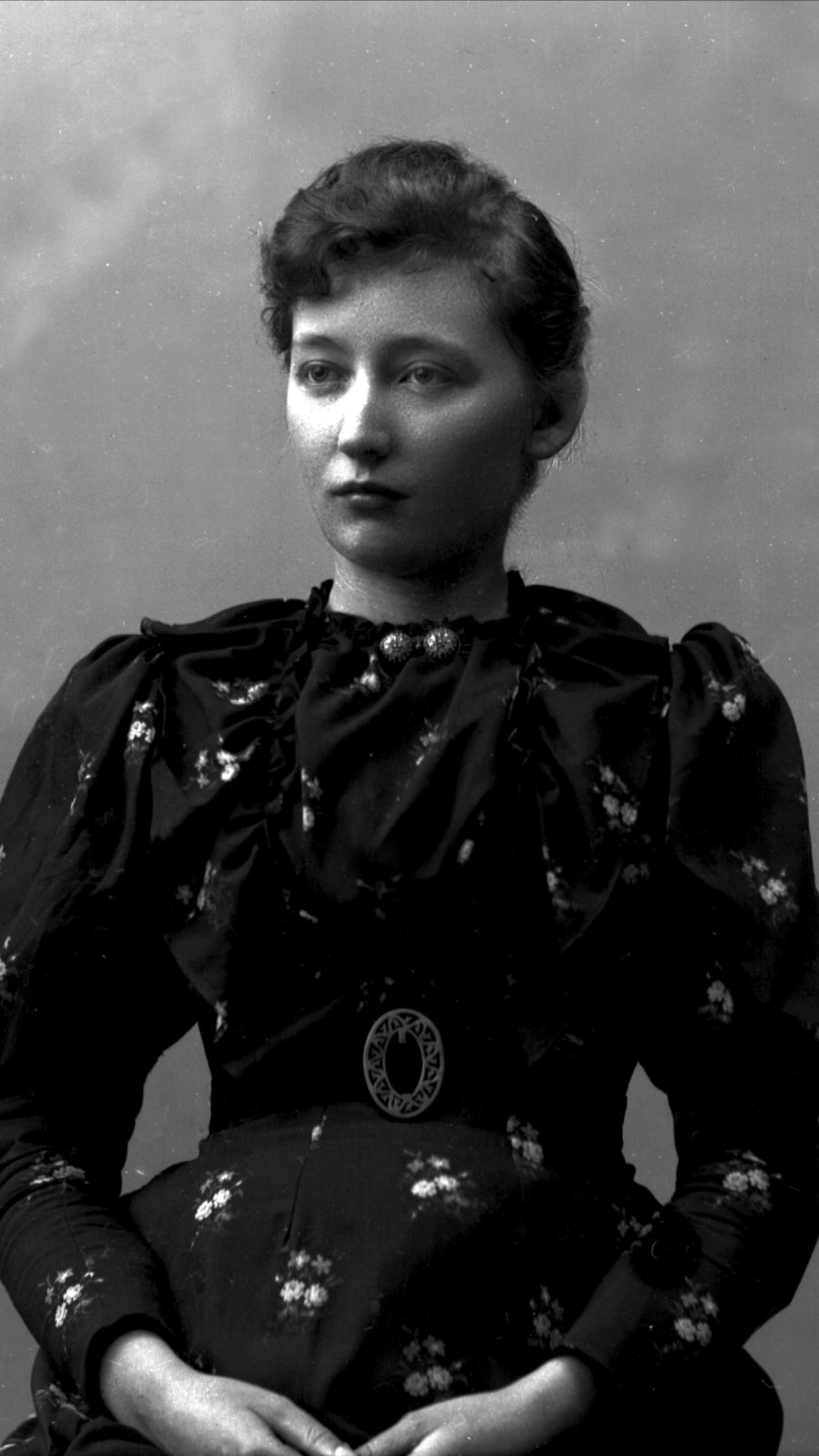
Creative Commons
What do we have here? Oh, nothing, just a drop-dead gorgeous plant ecologist who basically pioneered the study of Norwegian natural history and biogeography. She wrote (and photographed) the first flora of the Svalbard archipelago, and she did it alone, thank you very much. This Viking Ice Princess documented all the alpine and subalpine vegetation east of the Scandinavian Mountains, and managed to pull off staying frosty while being a historic hottie.
